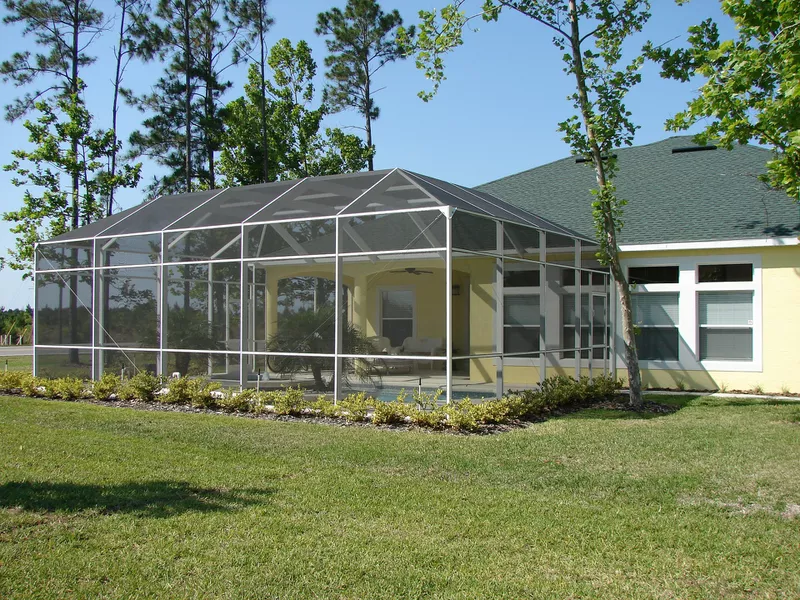
A sunroom in your home allows you to enjoy indoor living with great outdoor views all year round. It is the ideal place to relax, read, entertain, or dine in. But to fully enjoy the structure you must know how to get fresh air in sunrooms. Read on for five ventilation ideas of how to get fresh air in sunrooms for joy and comfort this summer.

Ozone enters the body when you breathe. As it travels through the mouth and nose’ ozone reacts with the linings of airways and starts chemical reactions which cause the tissues to break apart and then recombine with the excess oxygen.
1. Sunroom Ceiling Fans
Ceiling fans are a versatile top-rated ventilator option for all types of sunrooms. The fans make the room breezy while adding character and style to the ambiance. Sunroom fans are now designed with additional functionalities to aid circulation. They add elegance and lighting to the room.
Sunroom ceiling fans are affordable and energy-friendly. They are suited to power different sizes of rooms. Ceiling fans can be used indoors or outdoors to circulate air at various speeds in all seasons. The blades of ceiling fans are set to function in reverse during cold weather to whip the warm air gathering up back towards the ground. Some ceiling fans provide lighting too.
In a solarium or conservatory, where there are no doors or windows to be opened, vent fans are more suitable. The vent fans work in a similar way to exhaust fans, expelling hot air that collects towards the roof outside. Vent fans can also be used in sunrooms and where there is a very steep roof.
2. Indoor Air Conditioning
Air conditioning within the house could be extended for use in the sunroom. When existing home air conditioning is not available for the sunroom, there are other room ventilation ideas. For example, acquiring a portable air conditioner with a cooling capacity matched to the room size.

3. How To Get Fresh Air In Sunrooms With Natural Circulation
Entrances to the sunroom from the main house may be closed and opened to regulate air circulation. Managing any available entrances is an energy saver. The doors or windows may be left fully or partially opened to allow the free flow of air. Screening and meshing of windows also allow air and light to stream into the room. Security systems for the sunroom and screened patio that allow the door to be partially open also offers effective ventilation.
4. Fans For Screened Porches
Screening a porch is an easy and common way to ventilate, enclose, and keep out the bugs. A fan with large blades will whip a breeze on the porch and blow away any insects. Enclosure size and lighting are a consideration when choosing the fan to install. The power of the fan is tailored for energy efficiency since it is more powerful in an enclosed area. It can also be fitted to provide additional light. Screened porch fans should be chosen for best fit and enhanced efficiency.
5. Patio Air Conditioners
Patio AC’s allow you to feel a constant cool airy breeze while enjoying your outdoors. Patio air conditioners are also known as outdoor air conditioners, evaporative coolers, or swamp coolers. Cooling occurs when a fine mist of cold-water droplets is spewed into the air with the temperature falling by as much as 25-30degrees. Evaporative coolers are low energy users and environmentally friendly. Patio air conditioners cool in hot weather and humidify in winter if they have proper refrigerant. Consider the size of the space you want to cool before selecting the best outdoor air conditioner.
Which One Will You Use?
Whether you have a screened in porch or a sunroom, you will find great use of these methods for how to get fresh air. Keep in mind when using an outdoor A/C system that the refrigerant used could cause ozone depletion and could have potential side effects on your body and health.
